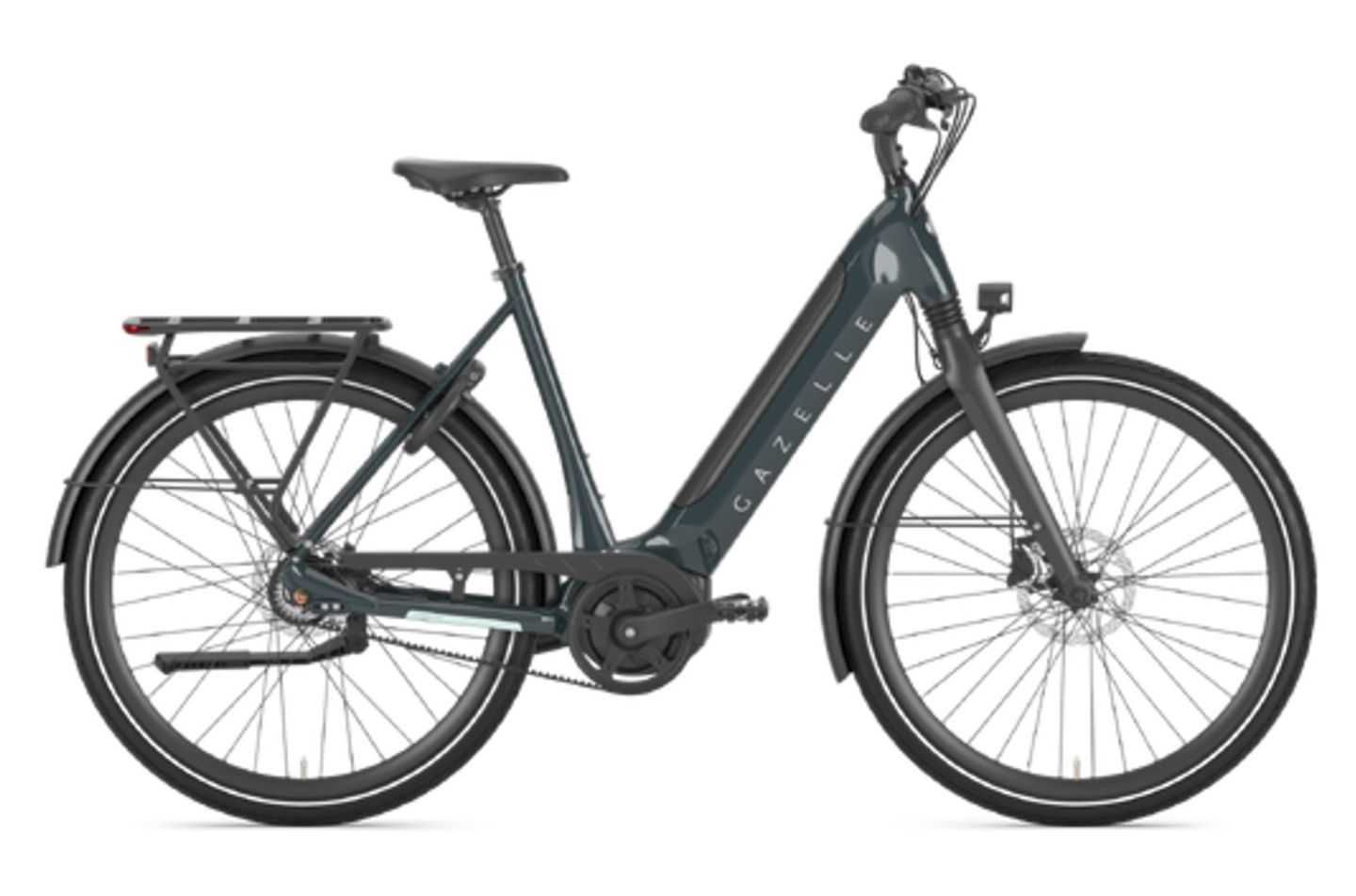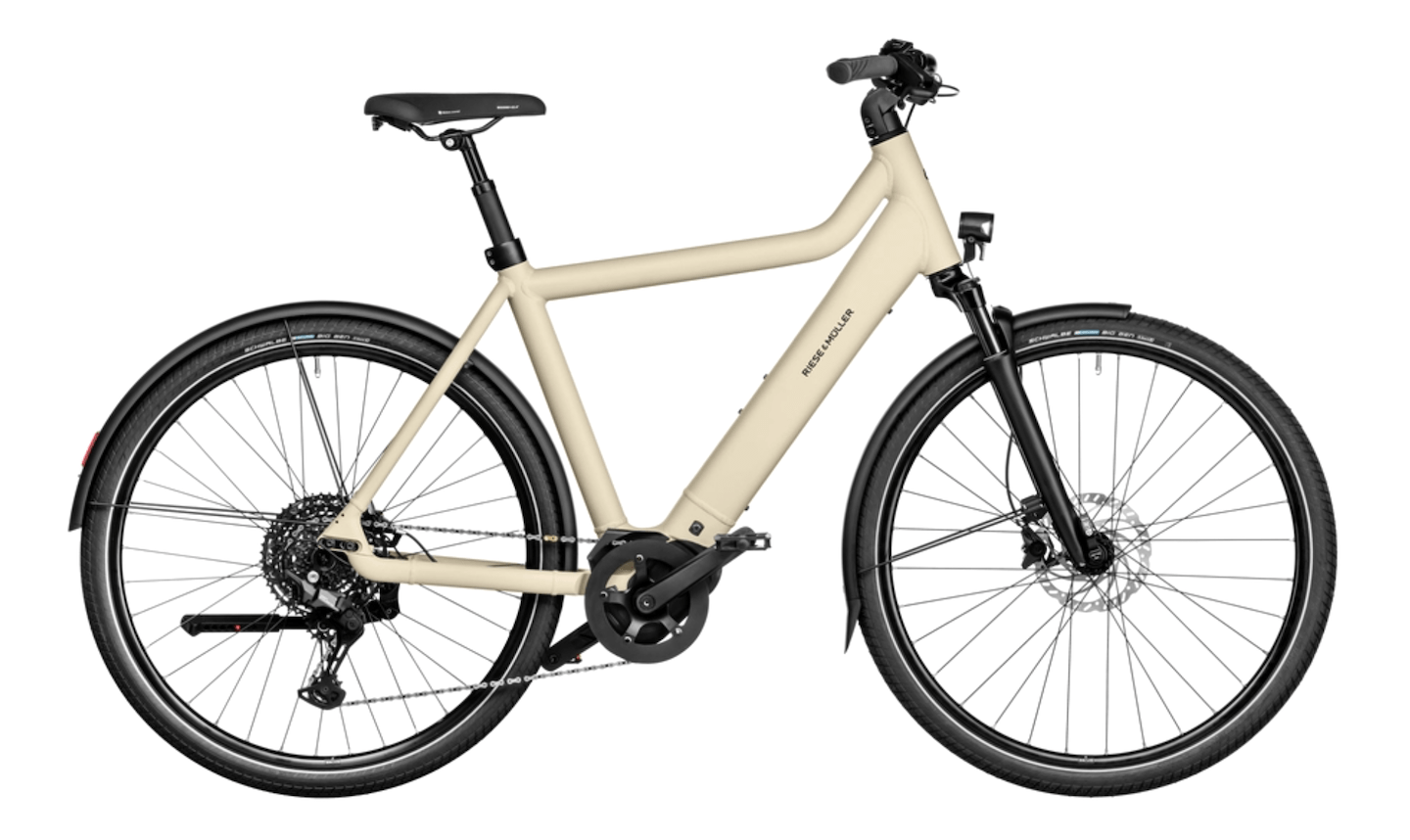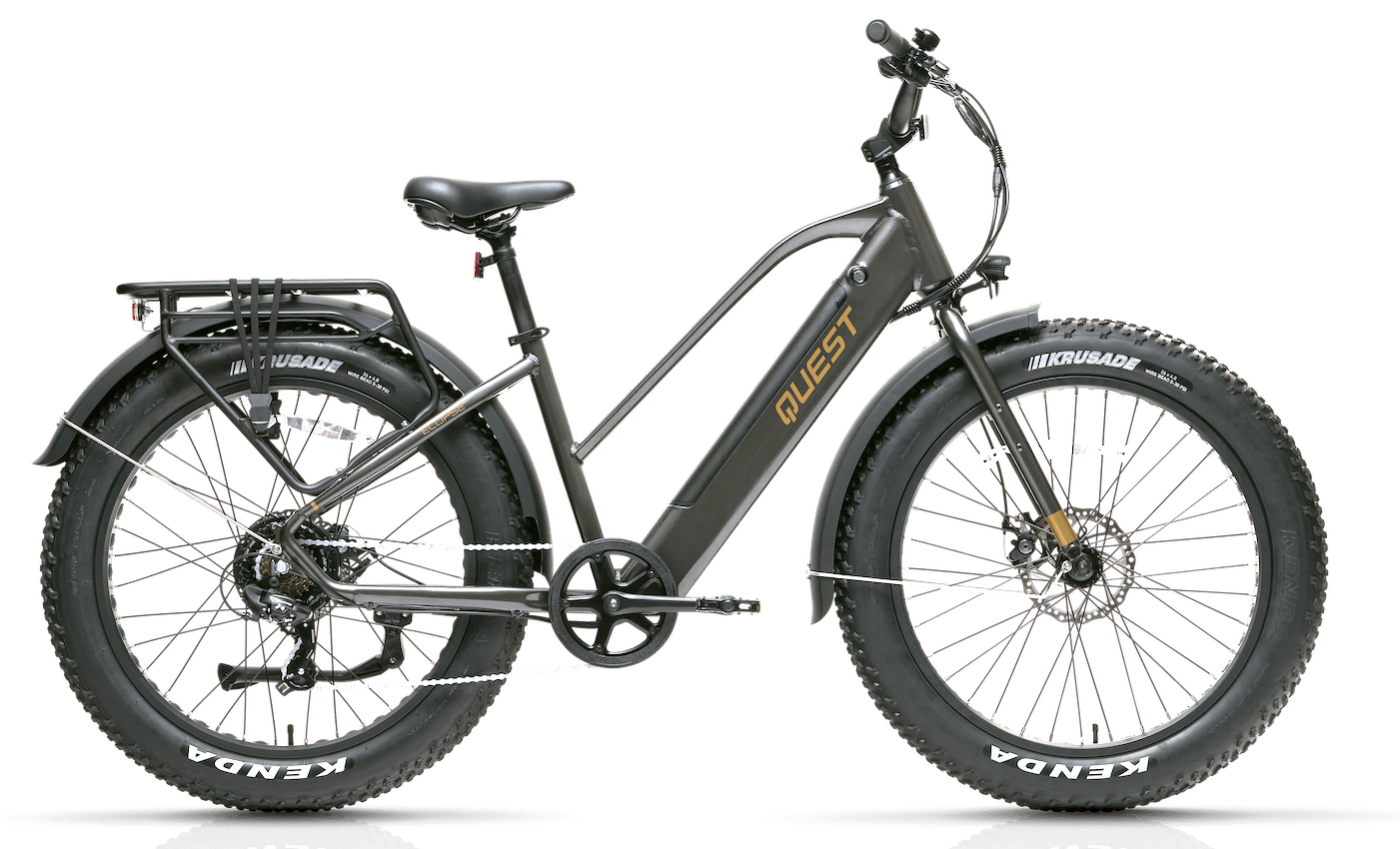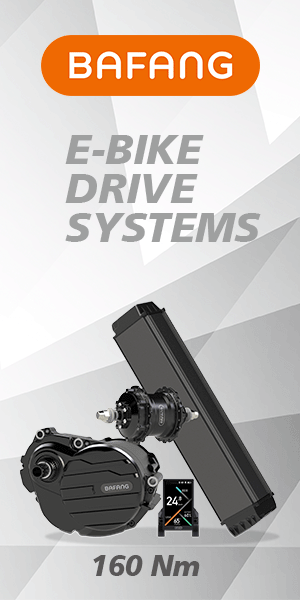September 9, 2020 - Witness the transformation of Ghent, Belgium, who instituted the Traffic Circulation Plan in April 2017, which completely changed the way nearly every resident gets around the city and has inspired unheard of mode shifts.

It encourages less car use, more bicycling and more transit use by splitting the city into seven distinct zones: a mostly car-free city center core surrounded by six zones which have been cordoned off with concrete or controlled by cameras. The only way to reach them is to travel to the ring road on the city outskirts, thus making it not impossible to use a car but motivates those shorter trips to be done via human power or mass transit. Bike mode share in 2012 was 22%, now it is 35% and growing!
This swift, creative strategy of turning Ghent in to a place for people is such a phenomenal story it’s a mystery as to why it has not gotten more attention worldwide. It is a city of 262,000 residents, so not a large metropolis, but not a small city either. The metamorphosis was achieved thru a sort of tactical urbanism approach by throwing concrete barriers and planters here and there (some backed by enforcement cameras) and altering the gateways into public spaces and safer places to walk and bike. (There are now 40% fewer cars on bicycle priority streets than before the plan!)
Their main inspirations were the cities of Groningen and Utrecht, both in The Netherlands. And as Vice Mayor, Filip Watteeuw explains they did not have the funds or the time to spend 10, 20 or 30 years to catch up to where they were. So they improvised with interesting tactics and treatments and The Traffic Circulation Plan. And as I have said before what happened was stunning: almost never has their been such a rapid metamorphosis occurred in such a short time. And Ghent isn’t stopping there.
Ghent was a fabulous city for many reasons. I highly recommend a visit. It is quiet and lovely and nearly everywhere is attainable by multiple modes of transportation. You can even use a car if you like – but just remember it is a little more complicated.

















